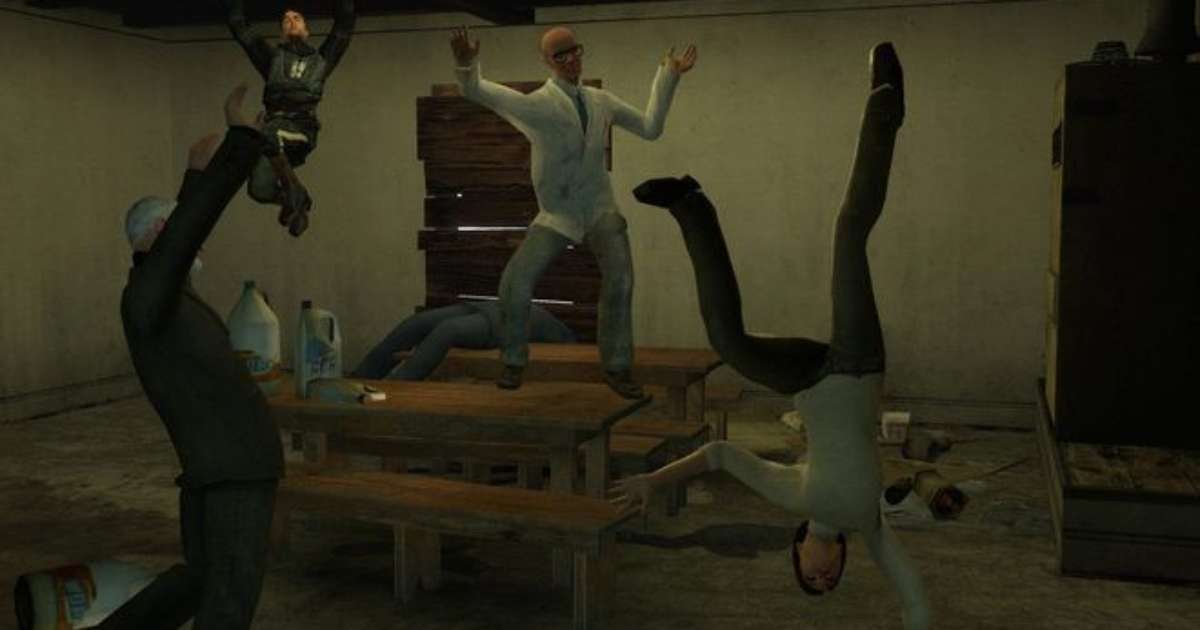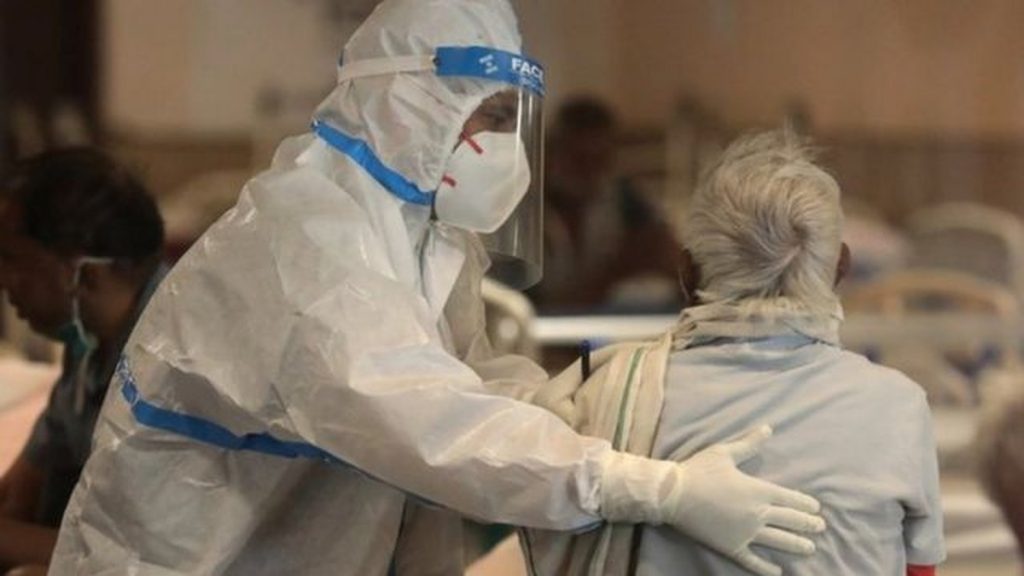India has recorded the largest number of daily deaths from the Coronavirus since the start of the pandemic – a day after it became the first country to record more than 400,000 new cases.
On Sunday (02), the Ministry of Health said that 3,689 people had died in the past 24 hours.
The number is still lower than what Brazil recorded in early April and the United States in January. Both countries recorded more than 4,000 deaths in a single day.
Prime Minister Narendra Modi met with the Minister of Health, on Sunday morning, to review the measures taken to confront the crisis.
Hospitals are struggling to treat patients amid a chronic shortage of beds and medical oxygen.
Amidst the crisis, ballots counting began in elections that took place in five states in March and April on Sunday.
The results may reflect how the epidemic has affected support for Modi and his Hindu nationalist party, the Bharatiya Janata Party. Modi has been criticized for allowing people to meet at political rallies in March and April, with minimal social distancing and too little wearing masks.
India has recorded more than 19 million cases of coronavirus since the start of the pandemic – second only to the United States (where there have been more than 32 million cases so far). The government has also confirmed more than 215,000 deaths, although the actual number is much higher.
Experts cite low test rates and the number of people dying at home, especially in rural areas, as factors contributing to the numbers being underreported.
The country’s previous highest daily death toll, also reported this week, was 3,645.
Brazil and the United States have recorded daily rates of over 4,000 during the pandemic.
In India, distressing images of families begging for hospital beds and life-saving supplies have emerged for more than 10 days, while morgues and crematoriums remain overcrowded.
12 people died on Saturday at Batra Hospital in Delhi after the place ran out of oxygen for the second time in a week.
The Times of India has reported 16 deaths in the southern state of Andhra Pradesh, due to lack of oxygen in two and six hospitals in the Gurgaon suburb of Delhi.
The Delhi Supreme Court has now announced that it will start punishing authorities if vital supplies do not reach hospitals.
How is vaccination done in India?
All adults in India can receive the Coronavirus vaccine. But the planned launch of a nationwide campaign on Saturday failed, with several states saying they did not have enough doses to start vaccinating people between the ages of 18 and 44.
Despite being the largest vaccine producer in the world, the country suffers from an internal shortage and has temporarily suspended all exports of AstraZeneca vaccines to meet domestic demand.
On Sunday, the Ministry of Health said that 84,599 people in this age group had received the first dose of the Coronavirus vaccine.
Some were lucky enough to be vaccinated in Mumbai on May 1, despite a chronic shortage of vaccines – Image: EPA via BBC
India has used two vaccines: an Oxford-AstraZeneca (locally known as Covishield) and another made by Indian company Bharat Biotech (Covaxin). Russia’s Sputnik V vaccine has also been approved, and the first 150,000 doses arrived on Saturday.
What are other countries doing to help?
Several countries sent a flood of emergency medical supplies. As of Thursday, 40 countries had sent aid.
The first American aircraft with oxygen cylinders, masks and rapid diagnostic tests arrived in Delhi on Friday.
“The link between the oldest and largest democracy continues to strengthen,” the Indian Ministry of Health wrote on Twitter.
The United States has previously been criticized for banning the overseas sending of vaccine raw materials, which limited India’s ability to produce more doses of AstraZeneca. This measure was suspended last week.
A German military plane with 120 fans arrived in India on Saturday, while the UK also shipped hundreds of medical equipment.
Why isn’t India adopting a national lockdown?
The central government is reluctant to impose a national lockdown, which the prime minister has described as a “last resort”. Top leaders fear the economic impact after the lockdown last year reduced India’s output by a record 24% in the April-June period compared to the previous year.
The human cost can also be dangerous. The 68-day national lockdown last year saw millions of migrant workers from India make the arduous journeys to their home villages after finding themselves unemployed and bankrupt.
Many migrant workers in India faced great difficulties in returning to their home villages – Photo: Reuters via BBC
The poor, especially malnourished children and pregnant women who depend on government programs, find it difficult to get the benefits. Immunization programs stopped and those suffering from severe illness were unable to access basic health services.
But several states have restrictions.
The state of Odisha was the last to announce a two-week lockdown, joining Delhi, Maharashtra, Karnataka and West Bengal.
Other states, including the populous state of Uttar Pradesh, have curfews or lockdowns in evenings on weekends.
Dr Anthony Fauci, a prominent US infectious disease specialist, said Saturday that an “immediate” pause of “a few weeks” could cut the chain of transmission in India.
Explosion of Covid-19 Cases and Deaths in India: Understanding 5 Points

“Music fanatic. Professional problem solver. Reader. Award-winning tv ninja.”


/https://i.s3.glbimg.com/v1/AUTH_bc8228b6673f488aa253bbcb03c80ec5/internal_photos/bs/2024/V/A/331F8qSPGcp8g41HUPAw/gettyimages-2150216534.jpg)




More Stories
The “Gate of Hell” in Turkmenistan was created by human error; The gap reaches more than 400 degrees – the world
Jalisi mocks the TikTok siege in the United States: “Defenders of freedom?”
It's #Fact: A three-meter-long crocodile was found between the tires of military aircraft and was captured in the United States of America; Video | Real or fake